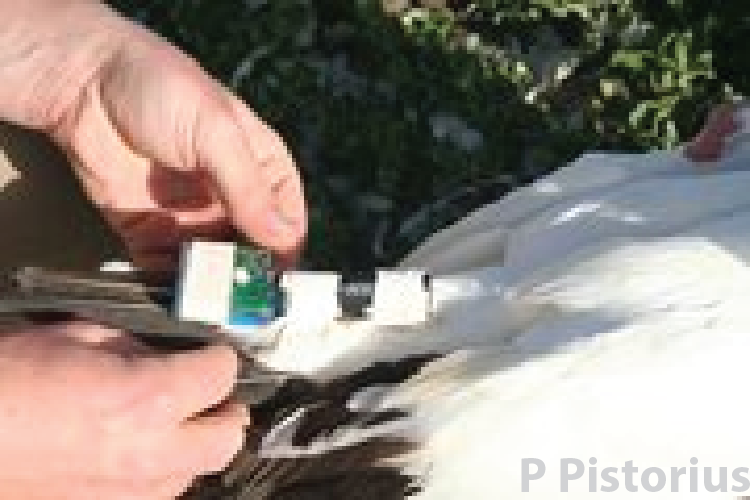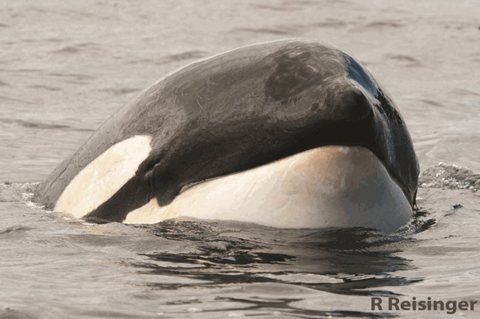In 2008, a paradigm for unifying movement ecology was published by a group of scientists, that was expanded in 2013 by an independent group of researchers who linked movement ecology to biodiversity research. The following explanation is based on these two articles. Although the explanation is about animal movement, it also applies to things like seed dispersal.
There are the four fundamental questions underpinning the discipline of movement ecology:
1. Why move?
2. If you want to move, how do you move?
3. When and where do you want to go?
4. What are the consequences of your movement?
 Scientists always first start with a question, which in movement ecology research could be any of the above, and usually is underpinned by a need to gain insights into animal behaviour to help conserve them. Then the scientists reconstruct animal movement paths by tracking them using one or several of a variety of methods, such as simple visual observations, critter-cams attached to the animals, and/or sophisticated GPS tracking with data rely via satellites.
Scientists always first start with a question, which in movement ecology research could be any of the above, and usually is underpinned by a need to gain insights into animal behaviour to help conserve them. Then the scientists reconstruct animal movement paths by tracking them using one or several of a variety of methods, such as simple visual observations, critter-cams attached to the animals, and/or sophisticated GPS tracking with data rely via satellites.
 Why move relates to understanding the animal’s internal state. For example, if you’re hungry, you need to get up and look for food; if a predator is charging at you, you need to run away to avoid being their dinner. Looking for dinner and trying not to be dinner will give very different movement paths!
Why move relates to understanding the animal’s internal state. For example, if you’re hungry, you need to get up and look for food; if a predator is charging at you, you need to run away to avoid being their dinner. Looking for dinner and trying not to be dinner will give very different movement paths!
How to move means studying the animal’s movement capacity, and often requires bio-mechanical and neuro-muscular studies to understand how animals fly, run, jump or swim. How fast can they move; what is their endurance using different modes of travel; how much strain does this place on their joints?
When and where to move means understanding an animal’s ability to orientate and navigate through its environment. This can also include studies of how animals respond to cues in the environment, how they respond to social factors, like following a leader, and how they can use memory to get from site to site.
Although animals may have an intended pathway, their movement may be subject to environmental factors that could influence where they go. For example, have you ever tried to run against the wind, or swim against a current?
So when starting with an animal’s movement path, it can be really difficult to understand the animal behaviour in terms of each of these components. This is where statistical modelling and some experiments can provide very valuable insights.
Broadly speaking, animal movement has two main ecological consequences:
 Animals, particularly those with long-distance migrations, can serve as “mobile links”, connecting habitats through ecological processes, spreading resources like nutrients, e.g., turtles feeding on reefs and laying eggs on beaches, and contributing to dispersal of other organisms, e.g., by transporting seeds.
Animals, particularly those with long-distance migrations, can serve as “mobile links”, connecting habitats through ecological processes, spreading resources like nutrients, e.g., turtles feeding on reefs and laying eggs on beaches, and contributing to dispersal of other organisms, e.g., by transporting seeds.
Depending on which animals go where, the relationships among organisms can be altered, which may lead to different collections of species living in particular areas, i.e., different patterns in biodiversity.
Once scientists have answers to some of the questions above, the information can be included in all kinds of conservation plans, and can help to ensure the key areas for animals, particularly endangered animals, are not exposed to high-intensity threats.
For more information on this topic, some interesting (but technical) scientific articles are published in a dedicated Movement Ecology journal.
... see you on 5 February!
